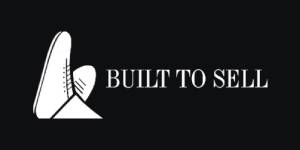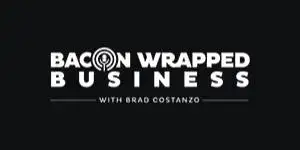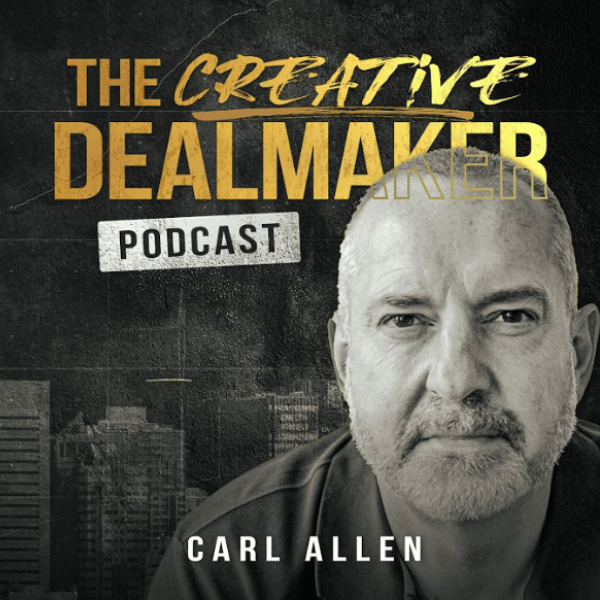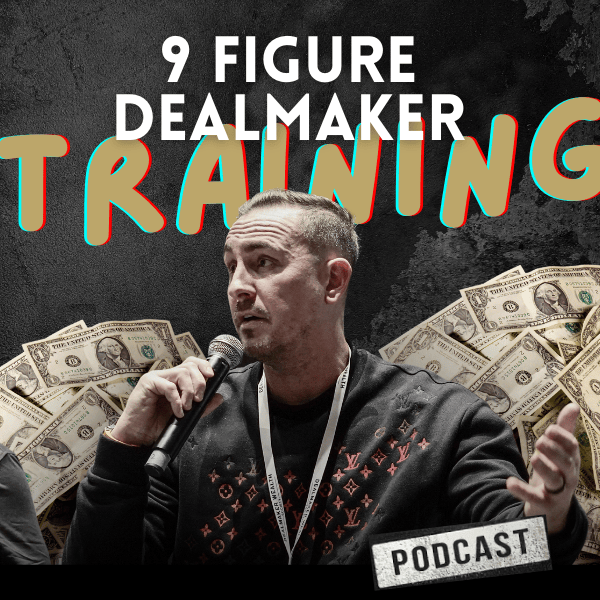The No. 1 Thing to Look for in a Business’s Financials
The No. 1 Thing to Look for in a Business’s Financials

Today’s question is about numbers.
I know – I can hear you groan… but this is really exciting stuff.
Because numbers can give you some really interesting insight when it comes to understanding a business you want to buy…
And maybe even help you lower your price.
People ask me all the time, “What’s the No. 1 thing you look for in the financials to determine if you have a good deal?”
Well, to start, there isn’t ONE thing I look at…
There are several.
You see, the financials of a business tell a story. After 27 years of doing deals, I can read a set of accounts in less than five minutes and get a very accurate picture of what’s going on within the business. And to some degree, the psychological state of the seller.
My colleagues call me a mind reader. I’m not – I’ve just had a lot of practice.
And the first thing I look at are TRENDS:
- Are revenues going up, down or sideways? Why?
- Are profits going up, down or sideways? Why?
- Are revenues going DOWN… yet profits are going UP?
You don’t need to be Einstein to know that last one is highly unusual. Yet one in every five businesses I look at follows that exact trend.
Financials are there to give you a basis for questions when you sit down with (or speak to) the seller.
The second thing I look at is the balance sheet.
Now, a balance sheet is typically split into two parts – assets at the top and liabilities at the bottom.
I’m interested in the assets in the business.
Why?
Because if the business has assets, you can use them to generate the necessary financing to acquire the business using none of your own money.
Here are the major assets I look for…
Accounts Receivable
Accounts receivable, or AR for short – also called trade debtors in the U.K. – is the total amount in invoices the business has sent out to customers that remain unpaid.
On average, a business selling to other businesses (called a B2B) will have two—three months of revenues tied up in invoices.
If, for example, you are acquiring a business with $1 million in annual revenue, the AR could be $250,000 – which should generate $200,000 (or 80% of the AR) in financing for a closing payment.
Fixed Assets
Another key asset is the fixed assets in the business – plants, equipment, vehicles, IT (although most IT is leased these days) and real estate. These hard assets provide solid collateral for a financier to finance the closing payment.
You can also finance intellectual property (IP) and inventory and, in some cases, raise financing against the cash flows in the business.
All are valuable things you can use to raise financing to buy the business without having to invest your own capital.
Another set of items I look for in a business (again, on the bottom of the balance sheet) are liabilities.
Starting with…
Debt
Simply put, debt is money that’s owed to other businesses, the government and sometimes the owner.
Debt is good inside of any business that can service it (i.e., pay it back).
Debt gives you leverage to grow.
You can also use some of it to REDUCE the valuation of the business – and thus reduce the amount needed to buy the business.
Let me explain…
Think of a business like a house.
If you buy a house, you probably have a mortgage. If the house costs, say, $500,000 and you have $100,000 cash as a down payment… you’ll need a $400,000 mortgage and your equity is $100,000.
If a business is valued at $500,000 – and it has $400,000 of debt within it – then the value of the shares in the business is only $100,000.
Here are the debts I typically include when reducing the price…
- Bank loans
- Overdrafts
- Hire purchase loans
- Taxes due.
I DON’T include accounts payable (AP for short, also called trade creditors in the U.K.). Because if we assume the AR for free – which is mandatory in a leveraged buyout – we also have to take the AP.
These are the first things I look for in the financials of the business. More than one… but they’re all equally important.
There are plenty more numbers you (or your CPA) can get into as part of your financial due diligence when your offer is accepted and you are closing the deal.
I’ll go over those in future Confessions…
In the meantime, if you have any more business-buying questions for me, reply to this email and ask!
Until next time, bye for now.
Carl Allen
Editor and co-founder, Dealmaker Wealth Society
P.S. Day 8′ lesson in my Dealmaker 10-Day Business Buying Launch training covers Financials in greater depth. This 10-Day course is designed so you can learn how to source, fully fund, and acquire an existing, profitable business in as little as 10 days . Get started here.















